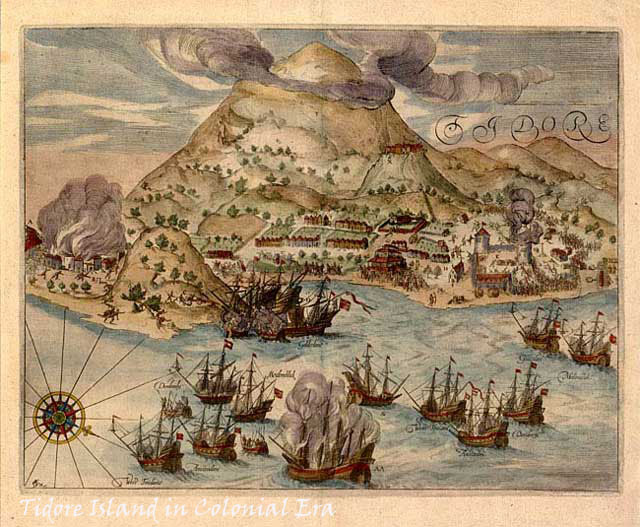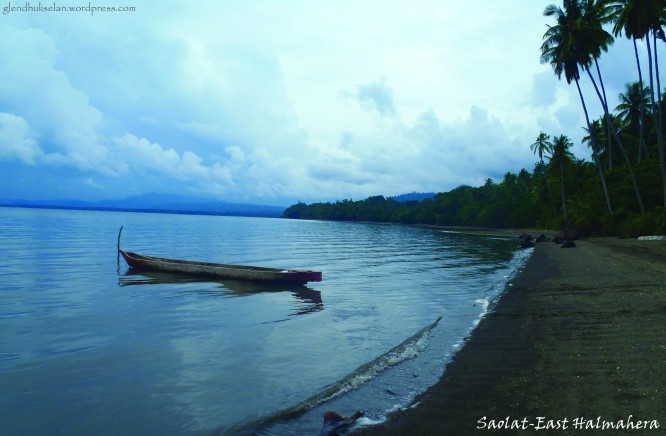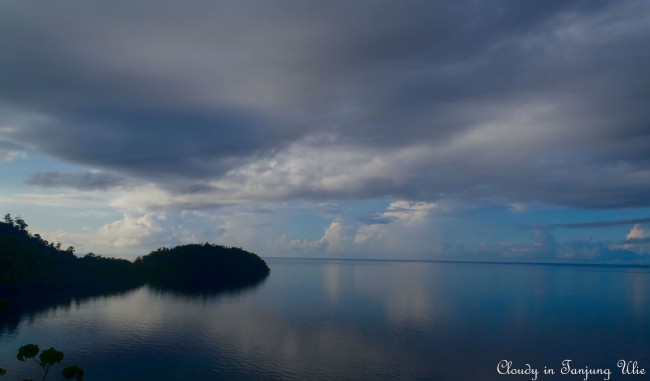I first saw information about the bombing attack in Jakarta from our CCIP host family’s Facebook group. This information quickly spread through the news, including online news, and even generated worldwide attention, particularly on social media. I have seen numerous hashtags on Twitter: #JakartaAttack, #SarinahTragedi, #PrayForJKT, #KamiTidakTakut (we are not afraid). All mean to say that as Indonesians we are not afraid of terrorism attacks. The bombing attack in Jakarta affected the entire Indonesian archipelago, including my island in North Maluku, the eastern part of Indonesia. Recent news from a leading newspaper in North Maluku, said the U.S. Ambassador to Indonesia, Mr. Robert O. Blake, was in high-security protection while visiting Ternate on January 16. More than 250 police officers were placed in several locations passed by Mr. Blake.

What is actually happening in Indonesia? I am not a terrorism expert, however, in order to try to answer this question. I will give some facts that I personally experienced as an Indonesian from a religious and ethnic minority as well as living in remote areas in the eastern part of Indonesia. Indonesia is a multicultural country with about 206,000,000 people. The largest Muslim population in the world is located not in the Middle East, but in Indonesia. It is estimated 95% of the population is Muslim. This tragedy was not the first, Indonesia has experienced a lot of problems since becoming independent in August of 1945. Different problems from political issues, tribal conflicts, corruption, poverty, inequality of development between western and eastern Indonesia, and even access to education for low-income families. Those issues also might be a universal matter within each country in the world. It is not an easy fix to deal with terrorism, moreover, it is a big responsibility of enormously diverse people, from Sabang (the most western part of Indonesia) to Merauke (the most eastern part of Indonesia). With more than 1,000 islands, 300 native groups, and 742 different languages/dialects, no one in Indonesia has ever met all the tribes or visited all the islands.
This latest bombing in Sarinah Mall, Jakarta it is not only Indonesia’s issue, it is a global tragedy. It probably means we still have a lot of work to do for humanity, and to show more care for marginalized members of society. People might blame one particular group or associate terrorism attacks with Muslim. But in my point of view, terrorism has no religion. I was born as a minority in Indonesia, grew up in the Muslim community, experienced inter-community conflict in my place and I am Christian, but I never blamed Muslim and I do not want to. If I place blame, it means I will start to hate my own family and close friends who are Muslim. Religions are unique colors which make our lives beautiful and are intended to create a peaceful life among people. Indonesia is a Muslim country but it is Indonesian Muslim which is distinctive from other parts of the world because our values based on diversity and relationship among different religions and ethnic. We may suffer for a while because of terrorist attacks but we will never be afraid of each other, or allow terrorism to separate our relationships along religious and ethnic lines.










